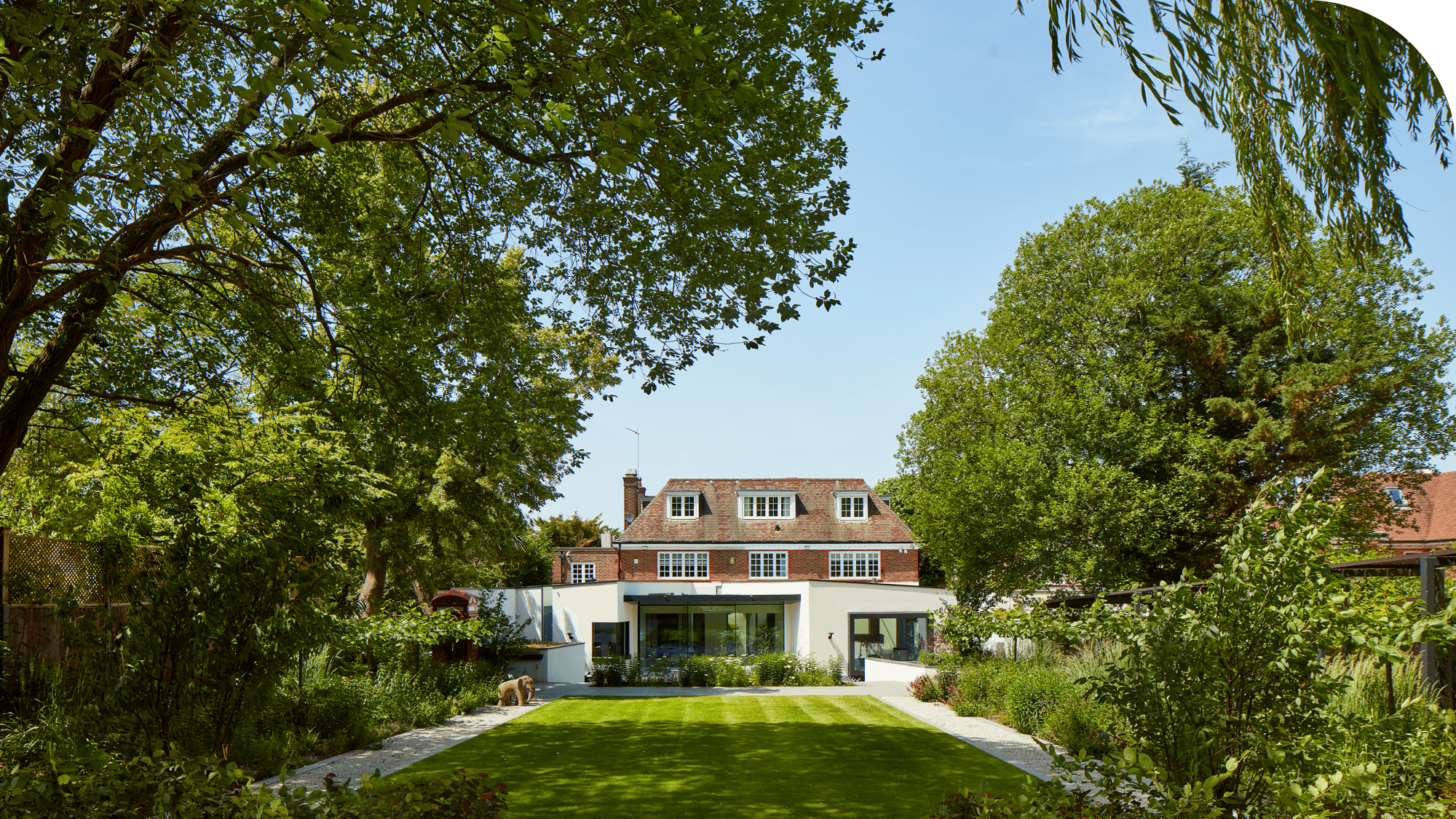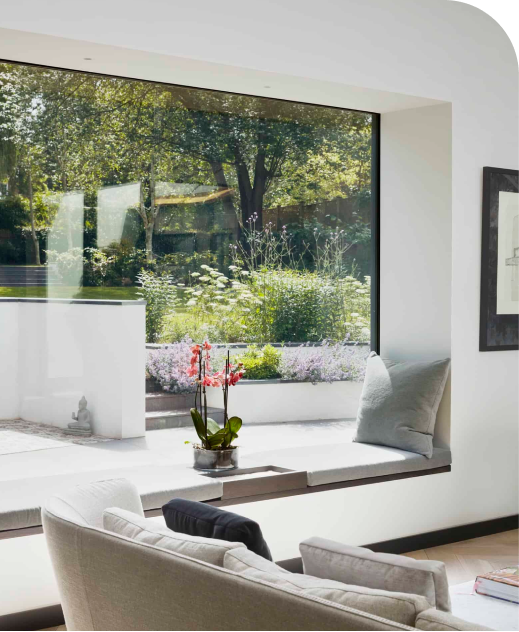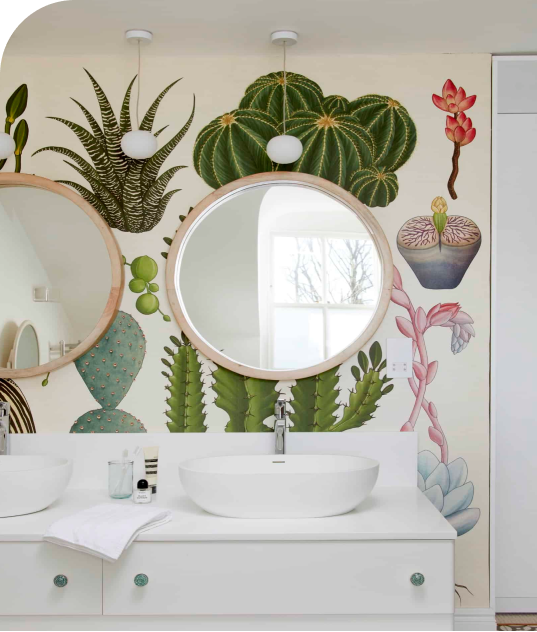Natural Colours
Incorporating blues, greens and earthy hues within the home is a huge part of biophilic interior design. In fact, this example of research found that “walking in a green environment induced a significant reduction in heart rate”, demonstrating the calming impact colours of nature can have.
To achieve the optimum benefits of biophilic architecture, colours must be aligned with the specific function of the space, chosen with the emotions you wish to evoke in mind. For example, calming hues of green are most suited to rooms where relaxation, or even focus, is the goal. But, for more social spaces such as kitchens or living areas, more playful, bold colour schemes can be incorporated.

Fractal forms
Due to consistent findings showcasing preferences for repeated patterns, we incorporate fractals within many designs. From wallpaper to tiles to the ingress of light, the presence of uniform patterns can enhance relaxation and bring calm to many indoor spaces.





.png)
















